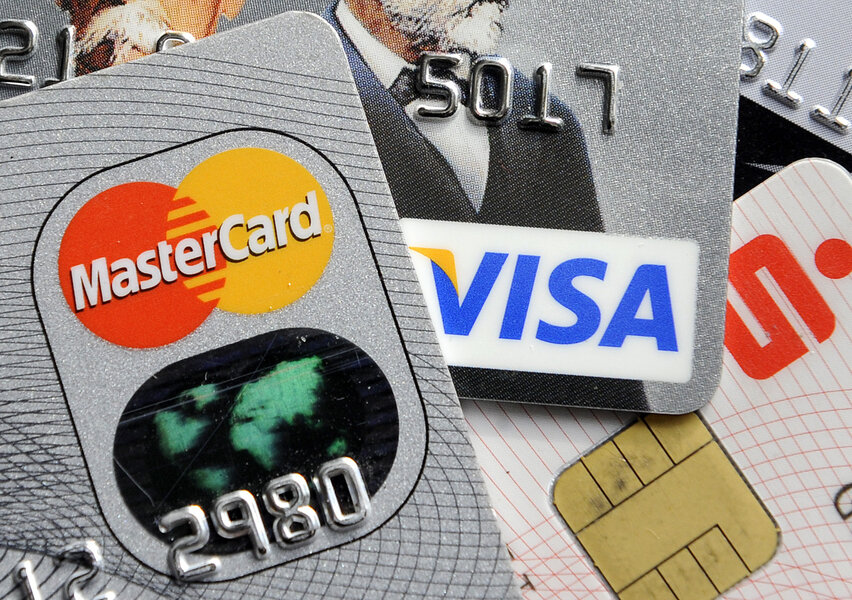Is your bank account's overdraft protection worth it?
Loading...
Overdraft protection is an opt-in bank service that lets you automatically transfer funds into your checking account whenever you spend beyond the available balance. For a fee of around $12, the bank approves the overdrawn transaction, covering it by transferring money from one of your linked savings accounts, credit cards or lines of credit with the bank. Overdraft items can include debit card spending, ATM withdrawals, checks and automatic transfers.
The Costs of Overdrafting
Practically all of us have found ourselves in an overdraft situation at least once, and it’s never a positive experience. Paying $12 each time you go over is bad enough, but if you choose not to opt into overdraft protection, the choice of approving or denying your transaction is left up to the bank, and either way, it’s going to cost you around $35 in overdraft or nonsufficient funds (NSF) fees.
Painful as it is to be charged a fee for having no money, leaving your account in a negative balance for too long only makes things more costly. Banks commonly charge an extended overdrawn balance fee, also usually $35, that is charged on the 5th consecutive business day on which your account is overdrawn. Avoiding this extra fee requires you to deposit enough money to cover not only your original charge but also the overdraft fees you have already incurred.
As with many bank fees and services, people who are members of credit unions will likely find similar overdraft policies available at considerably lower prices. A few credit unions go so far as to allow free automatic transfers from your savings account to cover checking overdrafts, so long as you limit withdrawals to 6 per month, in keeping with federal savings account regulations.
The Opt-In Policy
Believe it or not, things used to be far worse: before federal regulations changed in 2010, banks had no obligation to present overdraft protection as an opt-in service. Instead, customers would be automatically enrolled, without any notice either upon enrollment or on the actual occurrence of overdrafts. Inevitably, people would make multiple overdrafts in a row, with no idea they had emptied their accounts until they received a staggering monthly bill.
In essence, banks were allowing customers to spend money they didn’t know they didn’t have, and charging for the privilege. The change to opt-in programs improved the situation, but banks still reap the rewards of our poor budgeting, collecting overdraft fees totaling $11.16 billion in 2015. This amount made up 65.3% of the total deposit account fees charged by banks, according to the Consumer Financial Protection Bureau.
Making Overdraft Protection Work
Is overdraft protection a good option? Only in cases where the transaction absolutely must go through on time, like rent and bills. Because these transactions usually happen through checks or automatic transfers rather than on debit cards, you should strive to avoid overdraft protection plans that are based only on debit card usage.
Most people use debit cards several times a day for smaller expenses, and accordingly, such transactions account for more overdraft items than any other method of withdrawal. It makes more financial sense to deal with the potential inconvenience or embarrassment of a single declined charge than to run the risk of 3 or 4 overdraft fees in a single day.
That said, the typical overdraft protection program charges around half of what a bank will charge otherwise, so as long as you have sufficient funds ready in a linked savings account. Obviously, the best policy is to avoid overdrafting altogether, but if you find yourself coming up short on a regular basis, overdraft protection can help you access the savings you have to reduce paying fees you can’t afford.
This story originally appeared on ValuePenguin.







